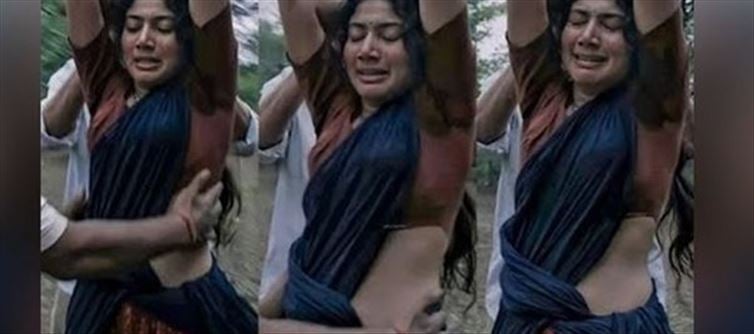
Sai Pallavi's journey to find Rana and her struggles are the focus of the first half of the movie. Although there are some interesting parts in this section, it is excessively long and repetitious. The actual drama in the story begins when sai pallavi joins Rana's squad, as we have already stated in relation to the title, and this shifts their narrative to a dramatic turn that leads to an explosive conclusion. The climactic sections have changed everything significantly.
The main issue is that the director chose to tell the story more like a documentary than an emotional drama. Much of the material that we see in "Virata Parvam" has previously been handled in movies with a Naxalism backdrop. Many such instances might be found in "Sindhooram" by krishna Vamsi. venu udugula ought to have stopped them and focused on the genuine story instead. Rana made only few appearances as a Naxalite leader. The gunfight episodes are poor. There isn't any impressive action. They are also not special. Agreed that the story's primary goal is to convey emotion rather than to be packaged as an action drama. The change then ought to have occurred in that manner.




 click and follow Indiaherald WhatsApp channel
click and follow Indiaherald WhatsApp channel